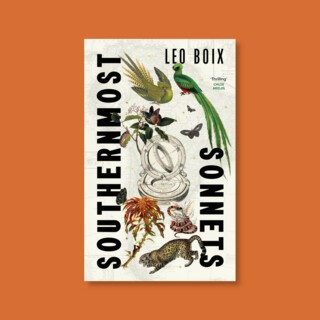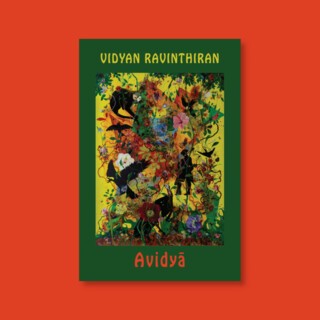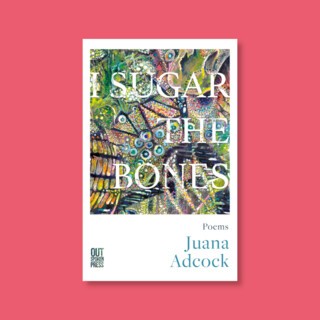‘What a world. What a court.’: CHEERIO Director Harriet Vyner on Iain Sinclair’s ‘Pariah Genius’
Posted by the Bookshop

Iain Sinclair’s latest book Pariah Genius, out this April from CHEERIO Publishing, is a bold fictionalisation of the life of photographer John Deakin, whose chronicles of Soho life – and the world of Francis Bacon and his friends – have so influenced our perception of that generation’s work. CHEERIO’s director Harriet Vyner tells us how the book came into being and why Deakin remains such a compelling figure.
What drew you to working with Iain Sinclair?
It’s no surprise that we wanted to work with Iain Sinclair, as we have always loved and admired his work. We thought about approaching him to write something for CHEERIO, but we worried – how could we do this? He’s a legend. He would almost certainly be far too busy to write for the likes of us. Then, from Laura Longrigg, his agent and a friend of ours, we heard that he would love to write something about Francis Bacon and his court, which obviously would take in John Deakin. We met for lunch with Iain, Laura, and James Moores, who owns the John Deakin Archive, to discuss the idea of a book that could uncover this world. Iain told us that as a young man, he used to spot Francis Bacon in Wapping when he was working as a gardener in the local graveyard, and he also saw Francis at poetry readings.
How did the idea for Pariah Genius progress?
Originally, it was supposed to be a non-fiction biography of John Deakin, but the work began to shape itself into the form of a novel. A strong protagonist was emerging, who was following John Deakin into the underworld, trying to make sense and give shape to the secret, shadowy life that was unfolding in front of him. In the end, I think the two lives merge and become one. The reader, too, is subsumed into Deakin’s physical being and becomes entirely subject to his world.
What do you love most about the book?
I love that by fictionalising the subject, Iain has allowed his imagination full reign; he is able to take the reader straight into the protagonist’s mind. I feel as though I am looking through the eyes of John Deakin himself, as he negotiates the drunken, malicious world of Francis Bacon’s court. And what a world. What a court.
What makes John Deakin as a subject, so compelling?
In a typically pithy phrase of Iain’s, Deakin was ‘an unpaid spy’, skulking around the movers and shakers of the time, recording them mercilessly with his camera.
Was he a genius? The proposed title caused some anxiety, regarding that very question. However, the Cambridge dictionary defines a genius as ‘one who has very great and rare natural ability or skill, especially in a particular area such as science or art’. Certainly true of Deakin. And Pariah? ‘A person who is not accepted by a social group, especially because they are not liked, respected or trusted’. Also true of Deakin…
What is your favourite Deakin photograph?
Hard to choose, but maybe the image of Bacon and George Dyer en route to Venice. It’s the photograph that heads the chapter ‘Strangers On a Train’ in Pariah Genius. Holding a glass of wine with both hands, Francis Bacon is describing something to an attentive George Dyer. It’s quite sexy and intimate. And Dyer’s dark glasses make me think of the start of happy holidays. However, like all happy holidays, there is a shadow of melancholy lurking – a foretaste of what lies ahead.
What do you hope people take away from reading Pariah Genius?
They will find a vanished world, captured accurately and unsentimentally, as in a Deakin photograph. Readers will also be reminded again of John Deakin’s remarkable talent – or be introduced to it. They will experience the brilliance of Iain Sinclair’s writing, as it brings to life, this dowdy, sordid, whirlwind of a post-war era.
Pariah Genius will be published by CHEERIO on 25 April, priced £19.99. Pre-order your signed copy from us and you’ll receive a Pariah Genius tote bag and exclusive John Deakin postcard. Limited offer while stocks last – order now!
Image © John Deakin. Courtesy of the John Deakin Archive.





